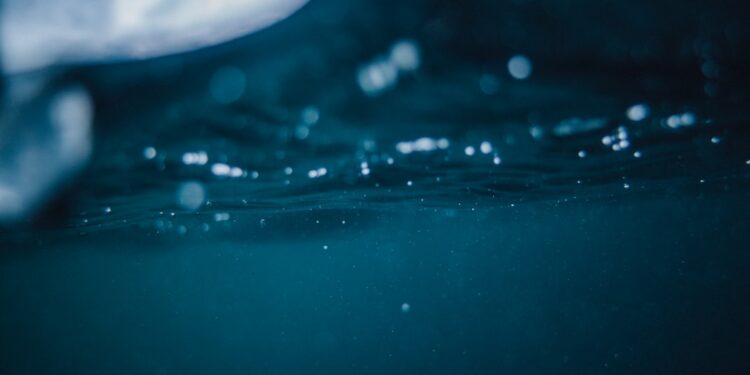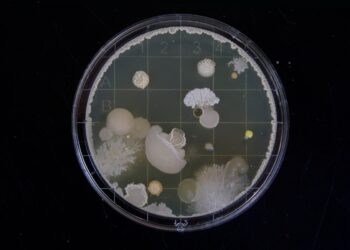What is the primary function of reverse osmosis in water purification?

Removes solid waste
Softens the water
Filters out contaminants
Adds necessary minerals
Which technology uses ultraviolet light for water purification?

Chlorination
Distillation
UV treatment
Micron filtration
What advantage does solar distillation offer in water purification?

Lower energy costs
Faster processing
More thorough filtration
Higher mineral retention
Which material is commonly used in bio-sand filters?

Charcoal
Sand and gravel
Synthetic fibers
Cotton mesh
What is the primary benefit of using activated carbon filters?

Increases water hardness
Enhances flavor and odor
Softens hard water
Removes viruses
Nanotechnology in water purification is mainly used to:
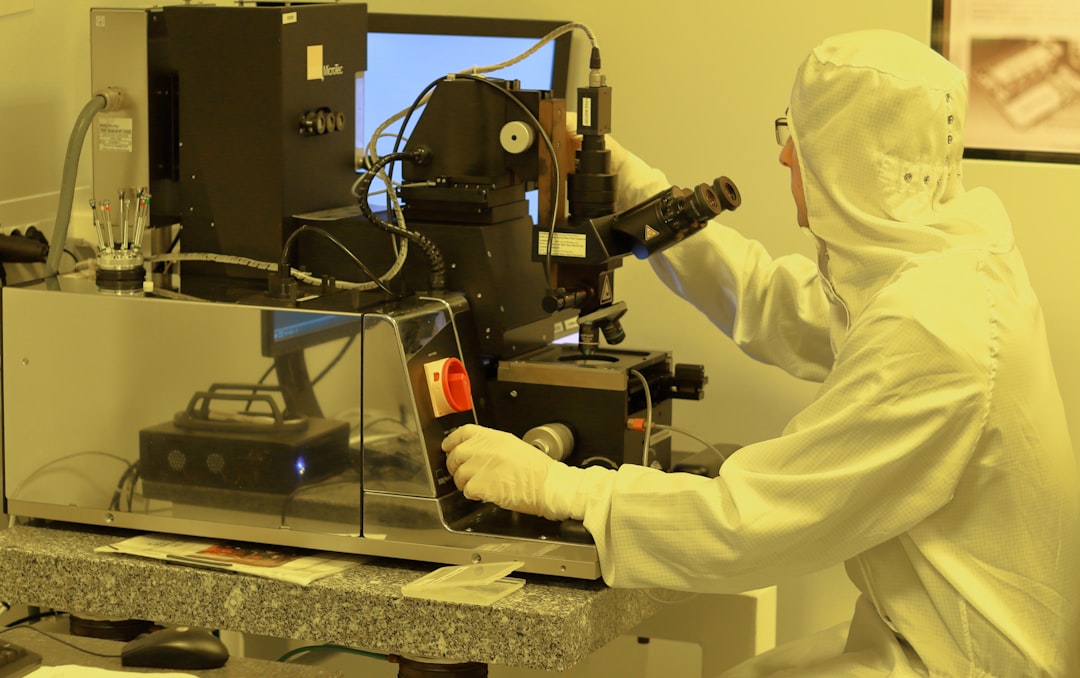
Increase pH balance
Remove heavy metals
Heat water
Enhance water color
Electrolysis in water purification is used to:

Soften water
Separate gases
Disinfect water
Increase oxygen levels
Which of the following is a traditional method of water purification?

Ozone treatment
Boiling
UV treatment
Reverse osmosis
Ceramic filters work by:

Chemical absorption
Ultraviolet exposure
Physical filtration
Mineral infusion
Forward osmosis is primarily beneficial for:

Removing chlorine
Reducing water hardness
Achieving energy efficiency
Enhancing taste
What type of process is microfiltration in water treatment?
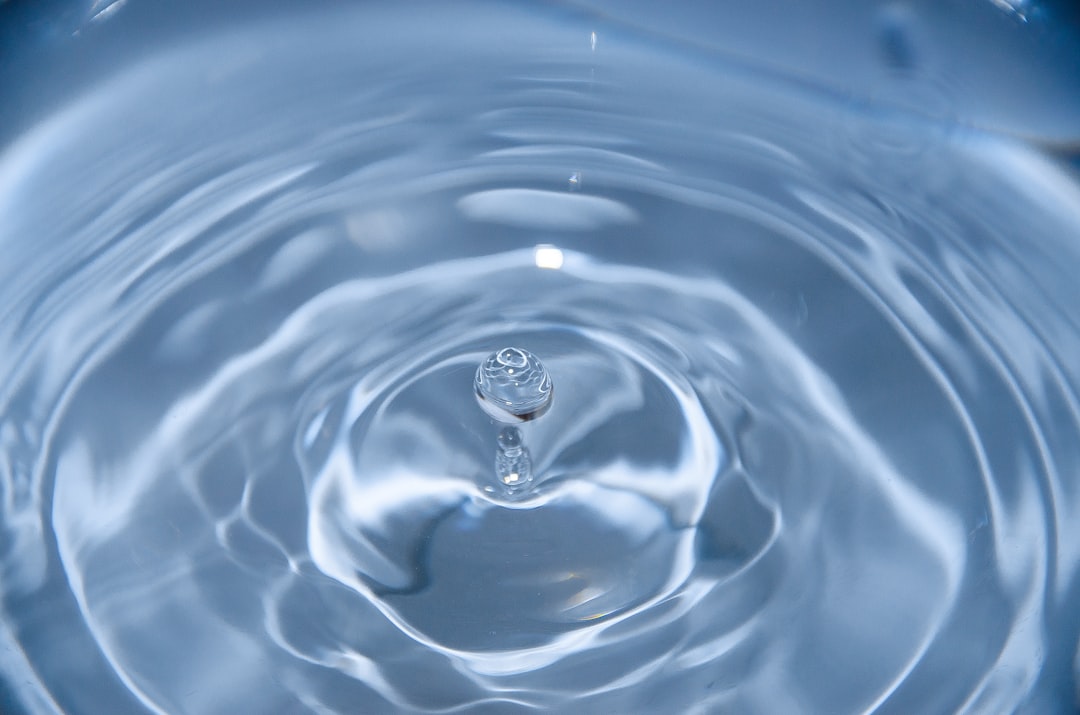
Mechanical barrier
Chemical process
Biological process
Thermal process
What does aeration primarily remove from water?
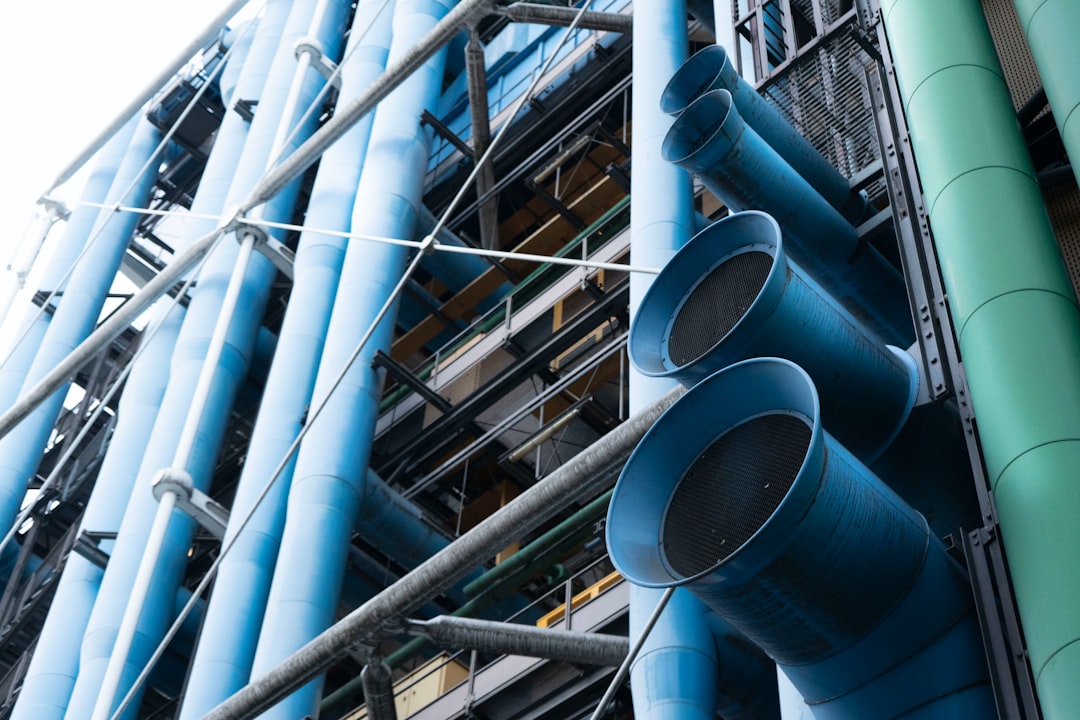
Dissolved gases
Heavy metals
Viruses
Minerals
What is the main purpose of desalination?
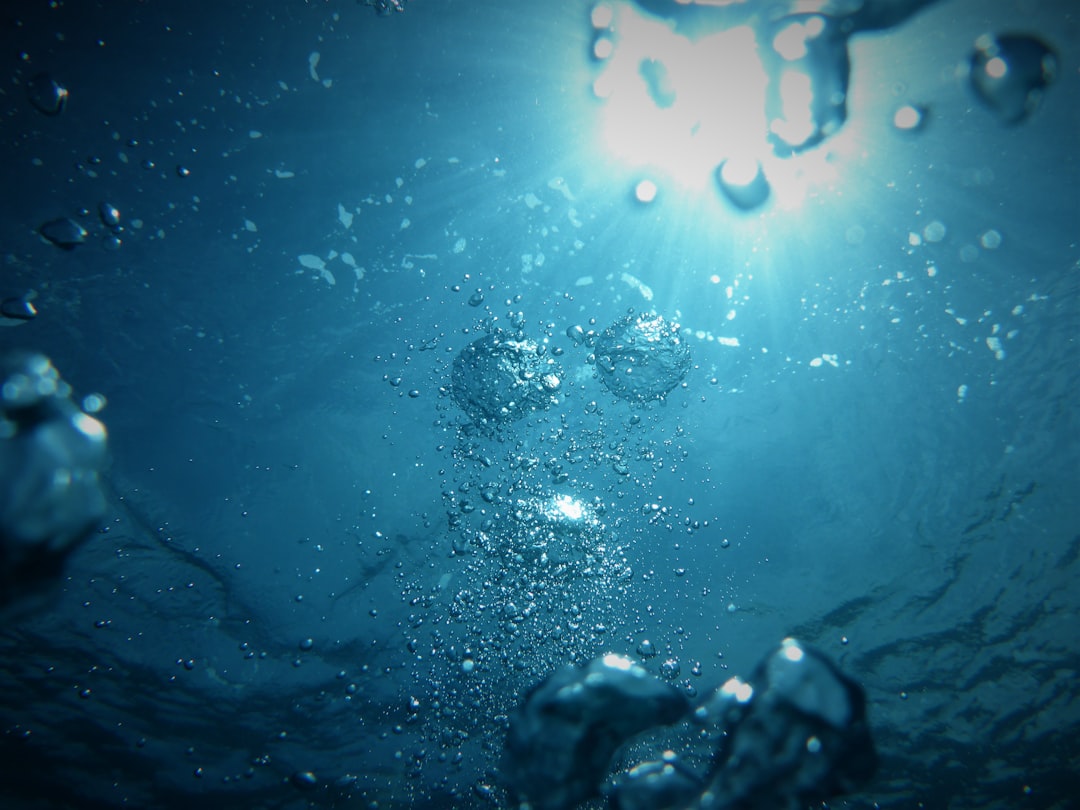
Increase water hardness
Remove salt from seawater
Enhance water flavor
Filter out bacteria
Which system is often used to detect contaminants in water?

Sensor networks
Reverse osmosis
UV treatment
Distillation
How does ion exchange purify water?

Adds minerals
Heats water
Exchanges ions
Uses ultraviolet light
What role does coagulation play in water purification?

Breaks down chemicals
Filters large particles
Binds small particles together
Heats water
Why is pH adjustment important in water treatment?
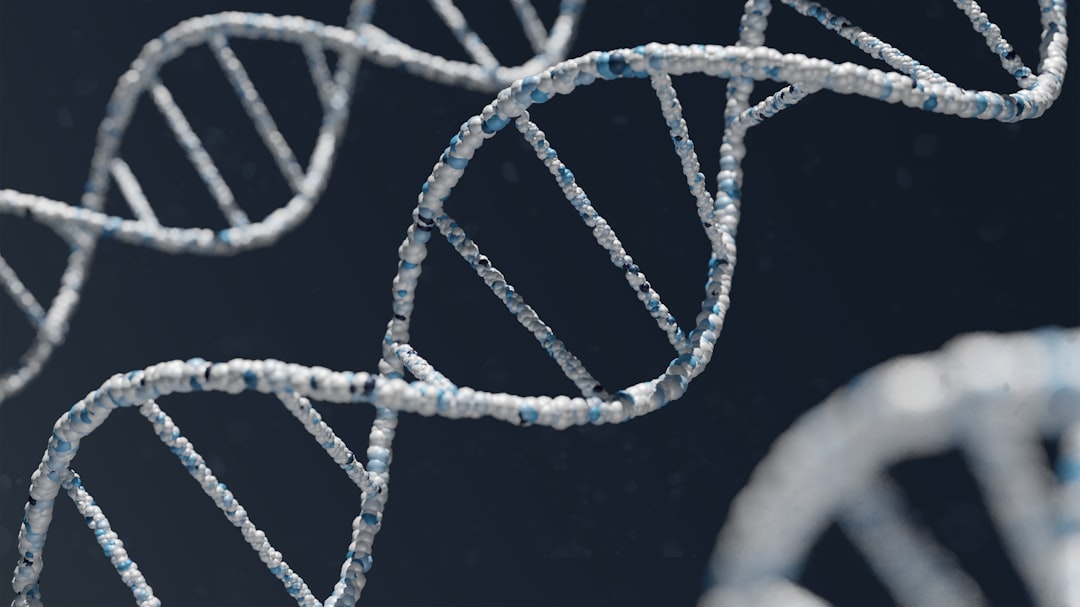
Balances chemical levels
Enhances taste
Kills bacteria
Changes water color
Which filtration method uses plants to treat water?

Phytoremediation
Sand filtration
Activated carbon
Reverse osmosis
What is the main benefit of using ozone in water purification?

Increases oxygen content
Disinfects water
Softens water
Removes color
What is the primary function of sedimentation in water treatment?
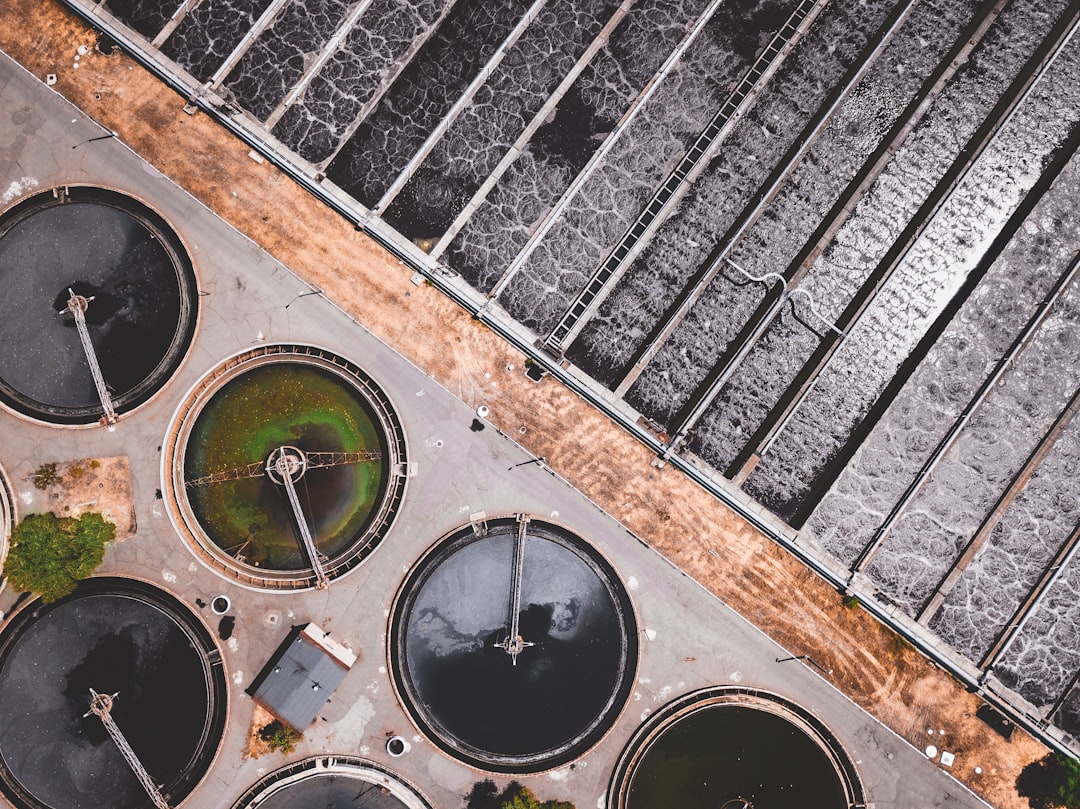
Cools water
Filters pathogens
Settles suspended solids
Adds minerals
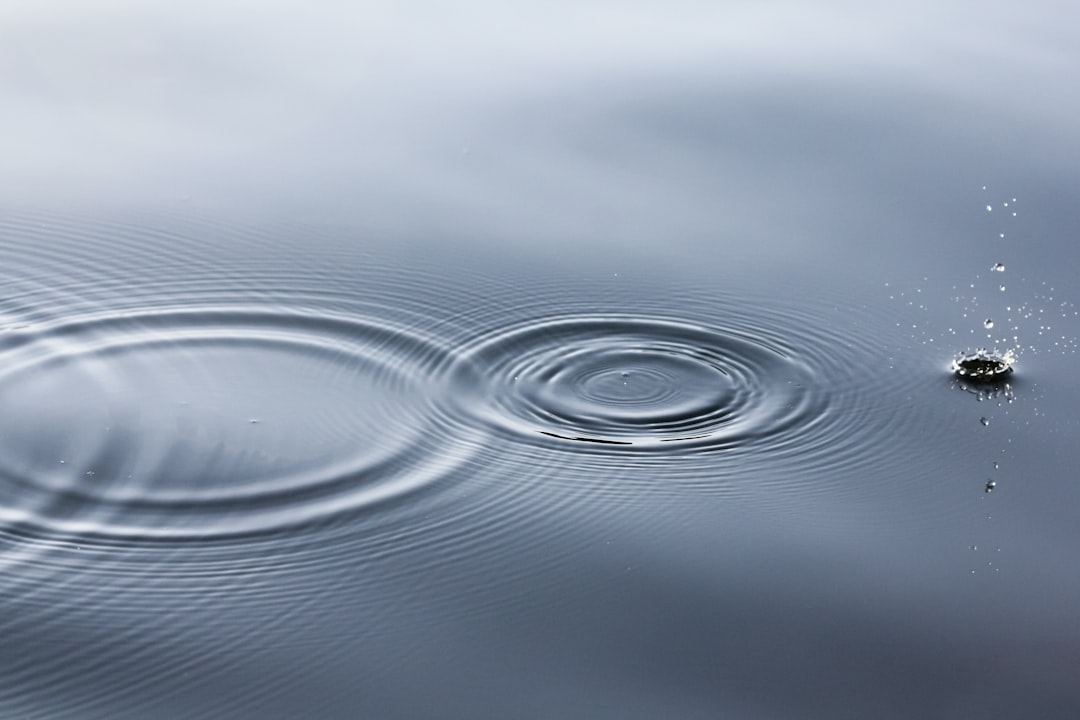
Drip Drop Novice
Your water purification prowess is just starting to trickle!
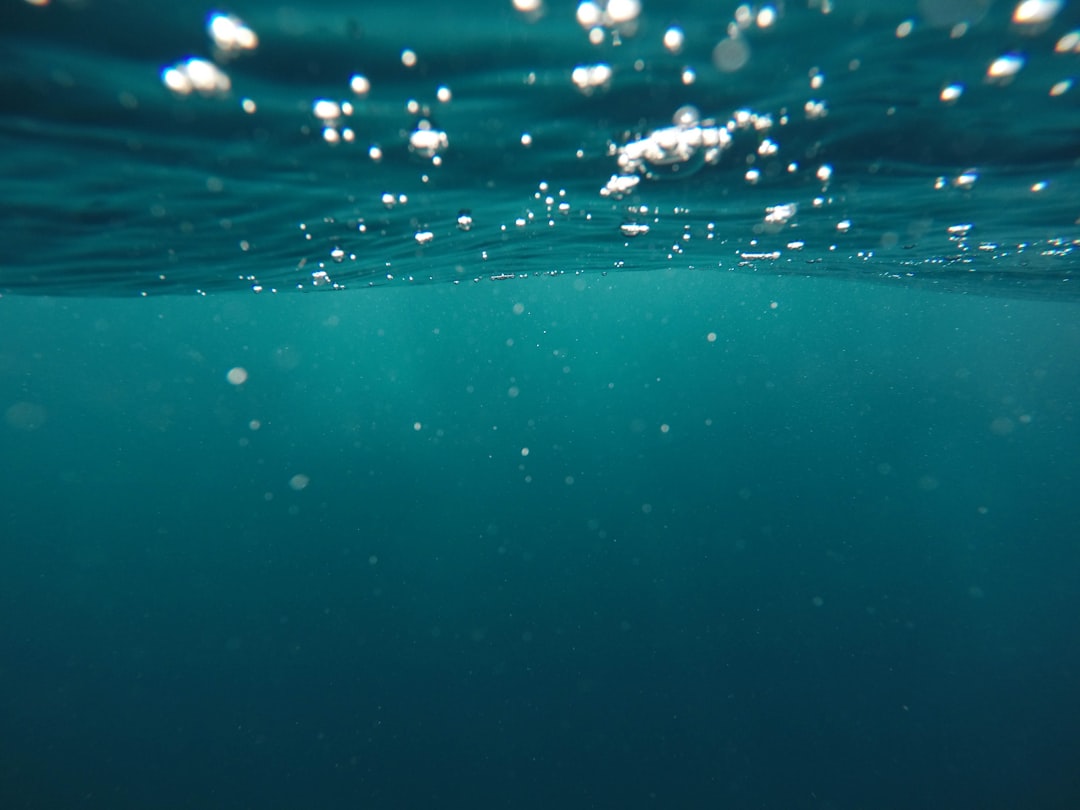
Filtration Familiar
You’re making waves! Just a bit more refining needed.

Purification Pro
Nothing murky about your knowledge—you’re clear on water tech!

